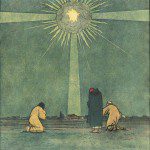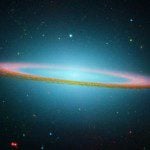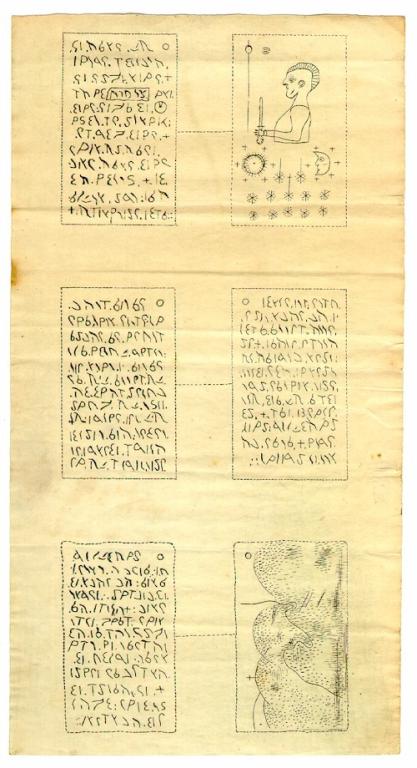
(Wikimedia Commons public domain image)
***
A new short-video feature was posted earlier this evening on the website of the Interpreter Foundation. The Witnesses film project continues to generate material that we hope will be of interest and helpful to members of the Church of Jesus Christ of Latter-day Saints and to anybody investigating the claims of the Restoration:
“Witnesses of the Book of Mormon — Insights Episode 11: What were the Voree Plates?”
In 1845, former member of the Church James Strang claimed to have found ancient metal plates. What were the Voree Plates?
This is the eleventh in a series compiled from from the many interviews conducted during the course of the Witnesses film project. This series of mini-films is being released each Saturday at 7pm MDT. These additional resources are hosted by Camrey Bagley Fox, who played Emma Smith in Witnesses, as she introduces and visits with a variety of experts. These individuals answer questions or address accusations against the witnesses, also helping viewers understand the context of the times in which the witnesses lived. For more information, go to https://witnessesofthebookofmormon.org/ or watch the documentary movie Undaunted.
Short clips from this episode are also available on TikTok and Instagram.
Be sure to subscribe to our YouTube channel at https://www.youtube.com/c/theinterpreterfoundation and our other social media channels on Facebook, Twitter, Instagram, and TikTok.
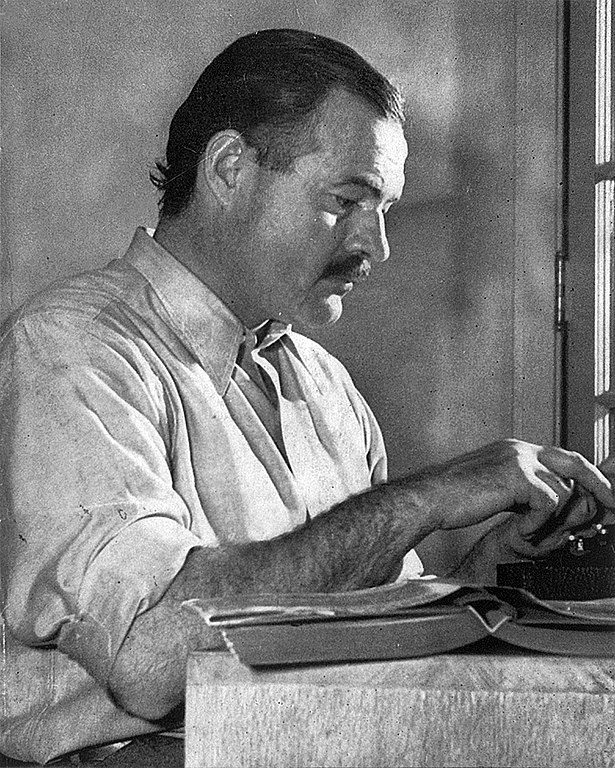
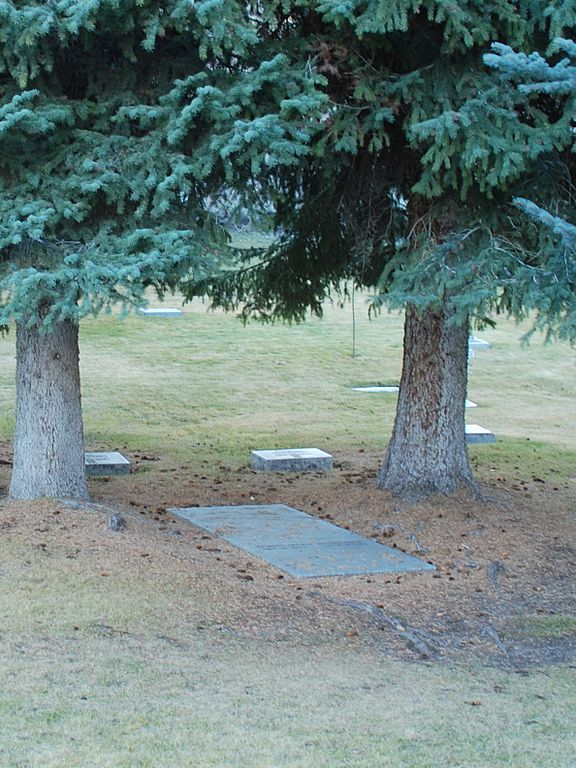
(Wikimedia Commons public domain photograph)
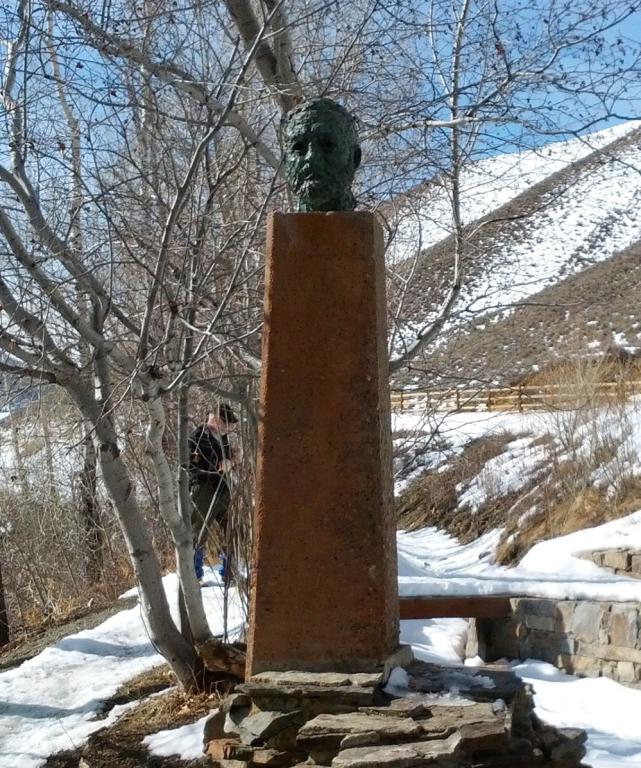
(Wikimedia Commons public domain image)
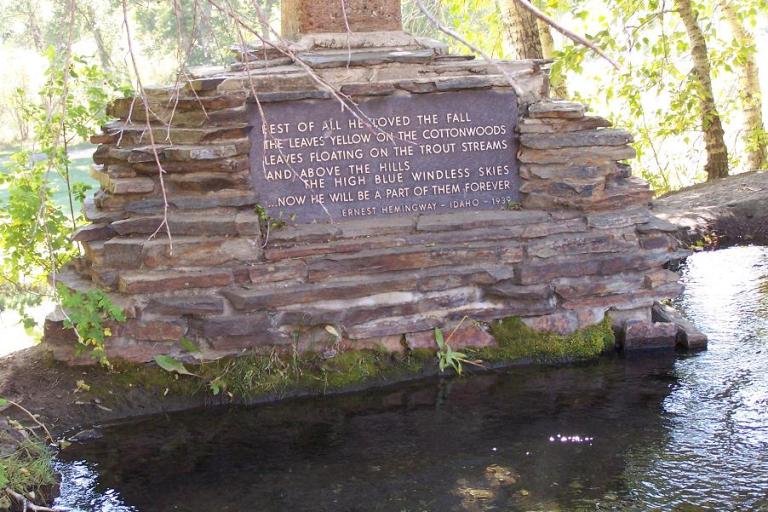
(Sca at English Wikipedia))
***
I’m plainly in an elegiac mood today, and not merely because of the eulogy of my father that I posted earlier today. This afternoon, with friends, we visited the grave of Ernest Hemingway in the Ketchum cemetery here. He committed suicide in Ketchum on 2 July 1961, at the age of sixty-one. Precisely sixty-one years ago today. His grave is, by the way, surrounded by those of several other members of his family, including that of his granddaughter Margot (aka Margaux), who attained stardom as a supermodel and as an actress but ended her own life in 1996, twenty-six years ago yesterday, at the age of only forty-two. Plainly, something was amiss in the Hemingway family: His father also committed suicide, as did two of his siblings. There were many stones on his grave, apparently placed there by people who were, in some way, imitating a similar Israeli practice of remembering. But also pens — lots of them — probably left there because he was a (very great) writer.
And here is a set of tributes, posted on the website of the Interpreter Foundation, to Michael Lyon, who died this past week. They were written by a few of his grieving friends (including Jeff Bradshaw, John Gee, Don Parry, Shirley Ricks, David Seely, and me):
***
With death so much on my mind, I choose to conclude this blog entry on a much more optimistic and upbeat note. I’ve indicated here before that I’m something of a universalist, in the sense that I think that the eternal fate of almost all of the world’s people — including tortured souls like some of those (it seems) in the Hemingway family — will be inexpressibly good. That’s largely because of my faith in the Restored Gospel. But there are other voices that also join in the choir.
One of the most interesting writers of classical Islam is the Anatolian poet and Sufi mystic Jalal al-Din Muhammad Rumi (AD 1207-1273). He is also known as a jurist and theologian, and as the head of a mystical community. But he is most famous today as the author of a huge collection of rhymed Persian couplets called the Mathnawi (or, depending on your language and pronunciation, the Masnavi or several other possibilities). The title simply means “couplets.”
Rumi is especially popular among Iranians, Turks, and South Asians, typically under the title mawlana or mevlana (“our master”) or mevlevi (“my master”), or simply as Rumi (pronounced roo-MEE; meaning “Roman” or, more accurately, “Byzantine,” since he lived in former Byzantine territory under the Seljuq Sultanate of “Rum” or “Rome”). The Mevlevi Sufi order, which was founded after his death, is best known in the West as the “Whirling Dervishes.” They are famous for using music and ritual dance as means of meditation and of drawing near to God.
Rumi’s work has been widely translated, and I’m told that he has been, and may still be, the most popular or best selling poet in the United States. (He’s very fashionable among adherents of “New Age” thinking, though I’m not at all sure that they understand him as he would have wanted to be understood.)
He’s also very quotable. (You’re probably aware of the story of the blind men and the elephant, which appears in the Mathnawi.)
But I want to cite one particular passage of his poetry, which seems to me to be laying out a curious theory of a kind of “evolution”:
I died as a mineral and became a plant.
I died as plant and rose to animal.
I died as animal and I was Man.
Why should I fear? When was I less by dying?
Yet once more I shall die as Man, to soar
With angels bless’d; but even from angelhood
I must pass on: all except God doth perish.
When I have sacrificed my angel-soul,
I shall become what no mind e’er conceived.
Oh, let me not exist! For Non-existence
Proclaims in organ tones,
To Him we shall return.
On one level, there almost seems to be a reference to evolution in those lines. In the end, though, he’s talking about a mystical union with the divine. But it seems to me not unreasonable to read him as talking, also, about a kind of human deification.
Anyway, I share the passage with you as something to think about.
Posted from Sun Valley, Idaho





